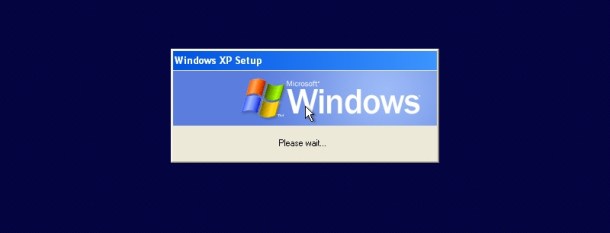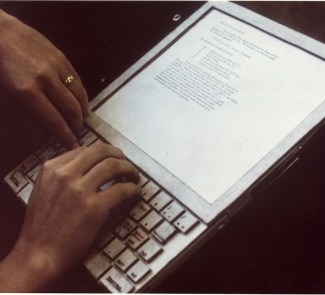On 8 April, support for Windows XP will be discontinued. Launched in 2001, Windows XP is Microsoft’s longest-lived OS. A long time has passed since then – and in computing even more – when the Internet was still just an emerging trend. But since nothing lasts forever, the Redmond company has decided to finally bring this adventure to a close. What consequences will this have for Windows XP users?
In the first place, Microsoft will no longer offer updates and patches to users. Also, the XP version of its antivirus software, Microsoft Security Essentials, will no longer be available. While malware patches will be provided through 14 July 2015, less and less care will be given to the operating system on the whole.
If Windows XP is not supported, bugs in the software will not be corrected and the parts that require upgrades will not be updated. Also, programs will stop supporting this version of Windows; for example, Google Chrome will no longer run on Windows XP after 2015.
Microsoft is aware that the migration won’t happen overnight, but they do expect users to gradually abandon ship. Windows XP is still currently the second most widely-used operating system, behind Windows 7, which surpassed it only at the end of 2011 – two years after it was launched. At that time, XP had a market share of 38.64%. That percentage hasn’t changed as much as it should have, and remains at 27.69%.

What are the options?
In the absence of support, users will be forced to migrate to another system. The most logical solution would be to move to the next version of the operating system. However, due to the performance issues that Vista has had (one of the reasons behind XP’s popularity) users would have to make the jump to Windows 7.
But keep in mind that Windows 7 is a platform that was launched in October 2009, eight years after XP. This means that it would be normal if some – and perhaps many – of the devices that are running XP failed to meet the minimum requirements to install what is currently the leading operating system. Computers must have 1 GB of RAM (2 GB of RAM for the 64-bit version) and a 1 GHz processor.
These are the characteristics recommended by Microsoft, although it is possible that devices with these characteristics may not offer top performance. You could also migrate directly to Windows 8, which has the same requirements. Or decide to buy a new computer, which will come with Windows 8 or version 8.1.
And of course there’s also the option of switching to Linux. Simple distributions like Elementary OS, Linux Mint or Ubuntu will allow you to reuse a PC with Windows XP that might be considered obsolete.
Image: SFSD Technology Help Desk









